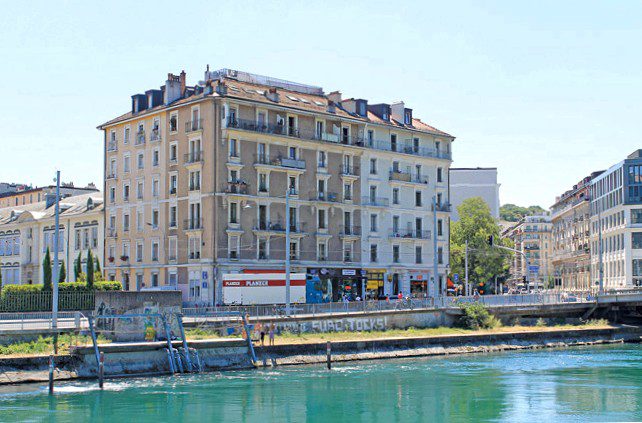Despite all the fear, pain and uncertainty they bring, recessions are a natural part of the economic cycle. In the following we will explain what they are, what causes them, how they hurt – and how they help.
What is a recession?
Let's start with recessions. Broadly, a recession is defined as two or more consecutive quarters of negative economic growth, most often measured by real gross domestic product (GDP). The National Bureau of Economic Research (NBER) criteria are more nuanced and include employment levels, real incomes, retail sales and industrial production.
Recessions can occur for a variety of reasons, including exogenous shocks such as wars or sudden declines in the supply of key goods. They often arise due to the cyclical nature of the economy, but without input from the outside. For example, when the economy is growing, businesses have an incentive to produce more and increase profits. This trend can lead to oversupply, which can hurt profits and lead to layoffs, falling stock prices and a recession. Alternatively, competition among firms over labor can drive up household incomes, causing firms to raise prices and cause inflation. If the inflation rate gets out of control, households will begin to cut back on spending, resulting in oversupply. In each case, the expansion of the economy contains the seeds of the next recession.







